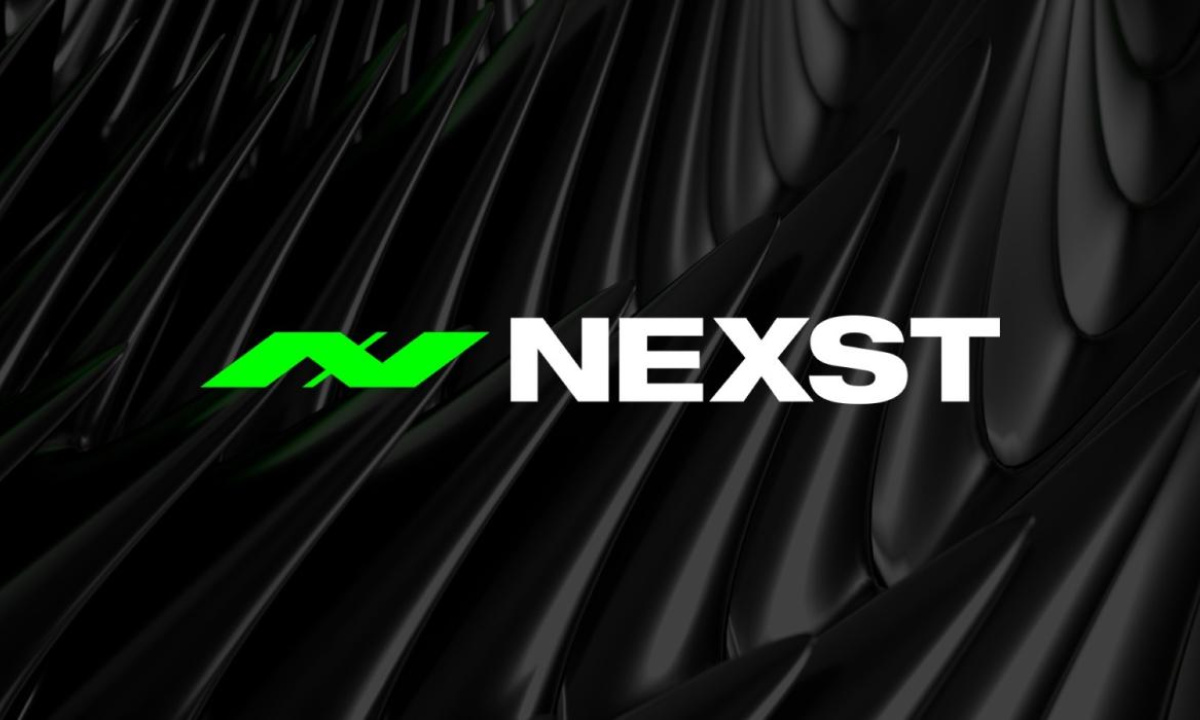Cryptocurrency investment has increased significantly over the last few years. For example, studies show that at least 14% of Americans own digital assets, up from 1% in 2016.

Industry leaders expect this number to continue increasing as digital assets become the norm.
For many new investors entering the market, learning how to make the most of their crypto assets is critical for lowering risk and boosting possible rewards. To help you out, here are helpful recommendations to get you started.
Diversify your portfolio
One of the simplest ways to reduce risk and boost profits is to invest in a variety of crypto assets. The goal is to diversify your investments so that you can average out your losses if the market goes against you.
For example, Drake and Doe each invest $1,000 in cryptocurrency. Drake intends to spread his $100 investment over ten different cryptocurrencies, but Doe prefers to focus solely on one asset.
In this case, Doe is taking the risk that if the market goes bearish and the asset he invested in suffers a major setback, he will suffer significant losses.
Drake, on the other hand, has distributed his risk and is more likely to lose less overall (depending on how wisely he invested).
You should note that this strategy can also be highly effective when the market is rising.
When you diversify, you invest in a variety of cryptocurrencies so that you can benefit when one of the numerous industries has a boom. This strategy also spreads your risk in the event of a dip in one or more industries.
To help you out, here are a few examples of the many cryptocurrency options you can invest in:
- Bitcoin (BTC) serves as a store of value.
- Non-fungible tokens (NFTs): CryptoPunks
- Ethereum (ETH) is the technology behind smart contracts.
- DeFi: UniSwap (UNI)
- Payment coins: Litecoin (LTC).
- Privacy coins: monero (XMR)
It is important to note that while diversification is intended to reduce risk or loss, it may also diminish your return on investment, so you should be strategic in how you go about it. As a rule of thumb, if you have never done it before, get the input of a professional, and they will advise you on where to put your money.
Choose a reputable trading platform.
Trading platforms offer specialized financial infrastructure that facilitates trading activity. When you are choosing a trading platform, there are several features that you should look for. These include:
Liquidity. You want an exchange that can handle large order books and support trading diverse assets. With enough liquidity, you are sure that your trades will be executed.
Security. Look at a platform’s track record and reputation. Examine its safety measures and assess how well users’ profiles are secured. You have no margin for mistake, so double-check and ensure that the platform you are working with offers maximum security for your investments and data.
Compliance. It’s always wise to work with a regulated platform such as https://www.bitcoindecode.com/. As you can tell, this gives you confidence when trading and peace of mind that your funds are secure.
The most popular exchange platforms are multi-currency systems supporting a wide range of digital assets, from Bitcoin and Ethereum to some less popular cryptos. These are the best platforms to use, allowing you to trade various assets.
More specialized exchange services deal only with BTC or ETH but provide a more personalized experience when purchasing or selling cryptocurrency. If you are looking to invest in a few of the most popular currencies, this might be a great option to look into.
Aside from popularity, you may need to choose between centralized and decentralized exchanges. As mentioned, you should consult a professional to guide you in choosing the right one for you.
DeFi stake your investment.
DeFi staking is a way of storing cryptocurrency assets on decentralized applications to earn annual interest.
DeFi, or decentralized finance, is a subset of the cryptocurrency business that places traditional financial services on the blockchain, such as loans and insurance.
The primary difference is that the decentralized financial applications that these services rely on are not managed or maintained by a single organization.
Instead, they are managed by their user communities and automatically executed computer programs called “smart contracts.”
DeFi staking is an excellent way to earn an annual return on your d assets if you just intend to buy and retain cryptocurrencies. The process is comparable to depositing money into a savings bank account, except that instead of earning less than 1% interest, you can often earn between 5% and 25%, and sometimes even more.
As much as staking is great, you should note that not all cryptocurrencies are stakeable. Before investing in an asset you want to stake, always do background checks and confirm it’s stakeable.
You also should note that DeFi platforms are unregulated. This implies there are no consumer protections in place in the event you lose money due to theft or fraud.
A handful of DeFi systems have not had their computer code reviewed by a third party to ensure that there are no bugs or exploitable issues. This makes the systems vulnerable to hacking and exploits. So, this calls for you to be ultra-cautious when staking your investments.
Before locking away your funds in a DeFi staking program, conduct your own thorough research first and always consult experts to confirm that you are making the right move.
In Conclusion
The crypto market continually changes and expands, offering numerous opportunities to enhance your investments. These are only a few tactics you can use to stretch your cash and maximize the possibility of a high return on investment.
While this is the case, it is important to remember the golden rule of investing: if you are concerned about the danger of your position, closing it or lowering its size is a safer option. Remember to never invest or trade more than you can afford to lose.
| Disclaimer: The text above is an advertorial article that is not part of Coincu.com editorial content. |


















